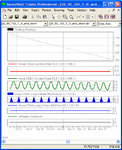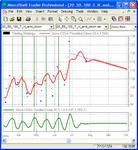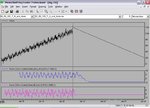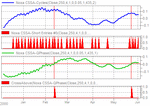Cant send order to MT4?
Hello All Ladie and Gentlemen here,
I got a template in NShell, it look very profitable but I'm having problems sending odrer to Mt4, Here is the system screen shoot at FreeImageHosting.net Hosting Service and FreeImageHosting.net Hosting Service. I'm using Tradeput EA in MT4 here is the shot at FreeImageHosting.net Hosting Service
Plese PM or email me at 123tgt@gmail.com for the template.
Thanks
tgt123
Hello All Ladie and Gentlemen here,
I got a template in NShell, it look very profitable but I'm having problems sending odrer to Mt4, Here is the system screen shoot at FreeImageHosting.net Hosting Service and FreeImageHosting.net Hosting Service. I'm using Tradeput EA in MT4 here is the shot at FreeImageHosting.net Hosting Service
Plese PM or email me at 123tgt@gmail.com for the template.
Thanks
tgt123
Last edited:












